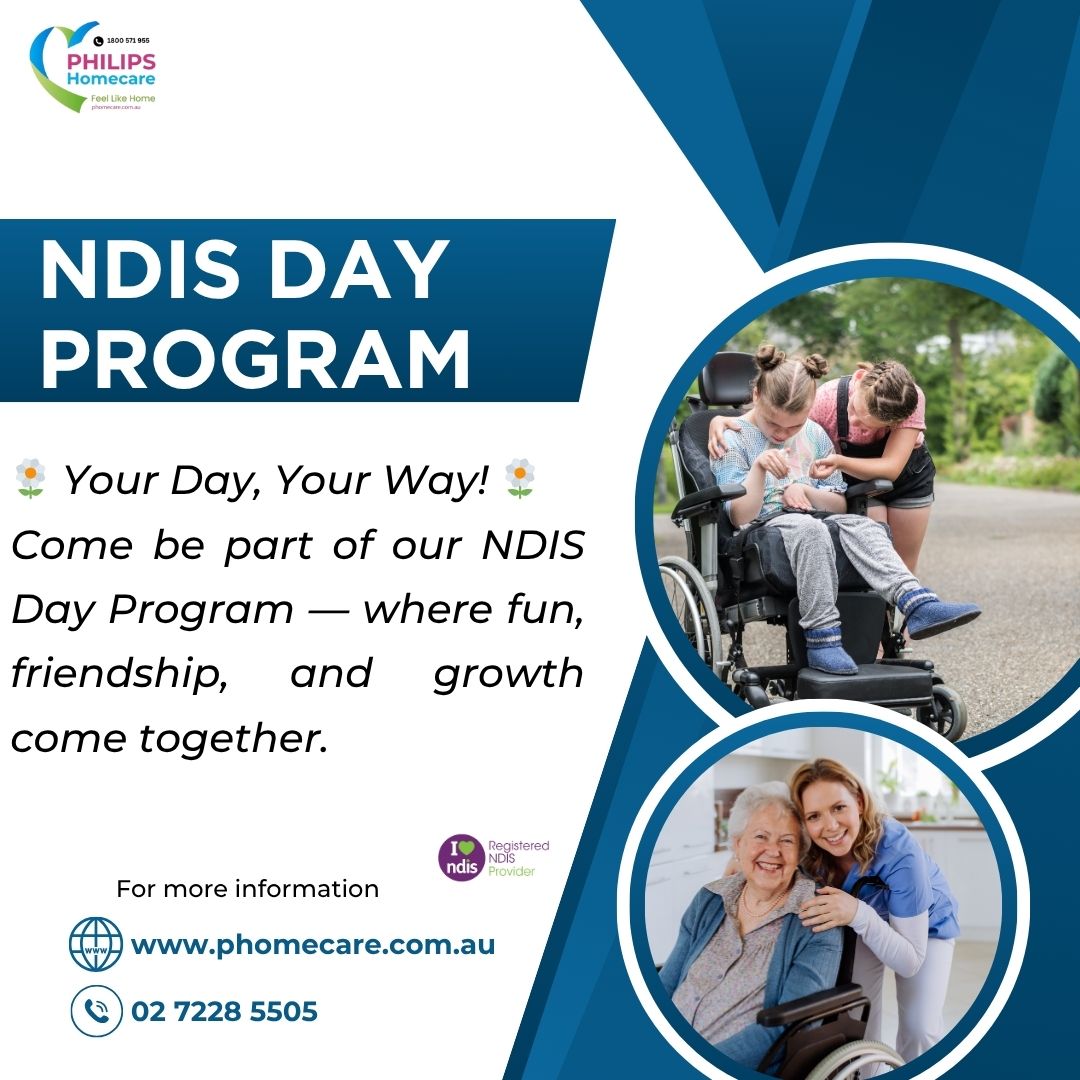Creating accessible and inclusive environments is essential to ensuring the success and effectiveness of NDIS day programs. These programs play a vital role in empowering individuals with disabilities to engage in meaningful activities, develop new skills, and participate actively in their communities. When spaces are thoughtfully designed and inclusivity is prioritised, participants experience improved social, emotional, and physical wellbeing.
Understanding Accessibility in NDIS Day Programs
Accessibility goes beyond wheelchair ramps or wide doorways. It includes physical, sensory, cognitive, and communication aspects. For NDIS day programs to truly support participants, the built environment must be easy to navigate, with clear signage, appropriate lighting, and sensory-friendly areas. Visual aids and assistive technologies should be integrated to support individuals with varying communication needs.
Equally important is the emotional and psychological accessibility of these spaces. Staff should be trained to interact with empathy and flexibility, creating an environment where participants feel safe, heard, and respected. This holistic approach ensures that each individual’s abilities are recognised and valued.
Inclusive Design Principles
Designing inclusive spaces for NDIS day programs involves a people-first mindset. Instead of retrofitting spaces to accommodate disability, inclusive design incorporates the diverse needs of all users from the outset. This might include height-adjustable tables, quiet breakout areas, sensory walls, or even adaptable seating arrangements.
Colour contrast, natural light, and acoustics are also crucial. For participants with sensory sensitivities, harsh lighting or loud echoes can be distressing. Incorporating soft lighting, sound-absorbing materials, and tactile elements can transform a standard room into a welcoming and functional space for all participants.
Program Structure and Flexibility
Beyond the physical setup, the daily structure of NDIS day programs should offer choice and flexibility. Individuals have different energy levels, learning styles, and interests. Programs that offer a variety of activities—such as creative arts, life skills training, cooking, fitness, or social groups—allow each participant to engage in ways that suit them best.
Allowing participants to set personal goals and contribute to planning activities increases engagement and promotes a sense of ownership. When people feel included in decisions about their day-to-day experiences, it enhances motivation and confidence.
Cultural and Linguistic Inclusivity
NDIS day programs must also consider the cultural and linguistic diversity of their participants. This means ensuring materials are available in multiple languages, celebrating a range of cultural festivals, and being mindful of dietary restrictions or cultural preferences in meal planning. Staff should receive cultural awareness training to ensure they can sensitively support all individuals.
Incorporating culturally inclusive practices creates a stronger sense of belonging and helps build community among participants from diverse backgrounds.
Staff Training and Attitudes
Trained, compassionate staff are the backbone of successful NDIS day programs. Investing in ongoing professional development focused on communication, behavioural strategies, trauma-informed care, and disability rights helps create a team that’s knowledgeable and responsive to participant needs.
A staff culture that embraces diversity and values inclusion sets the tone for participants to thrive. When team members model respect, adaptability, and collaboration, participants feel more confident expressing themselves and trying new things.
Feedback and Continuous Improvement
Creating accessible and inclusive spaces is not a one-time task. Regular feedback from participants, families, and support networks should be encouraged and valued. Listening to lived experiences allows NDIS day programs to evolve and remain aligned with participant needs.
Simple measures such as anonymous surveys, feedback boxes, or regular community meetings can highlight what’s working and what areas need attention. These insights are invaluable for continuous improvement and fostering a participant-led approach.
Conclusion
Accessibility and inclusion are at the heart of effective NDIS day programs. From physical design to program structure and staff culture, every element contributes to a space where individuals feel respected, supported, and empowered. When these principles guide the creation and delivery of services, day programs become more than just places to go—they become environments where people can grow, connect, and truly thrive.


